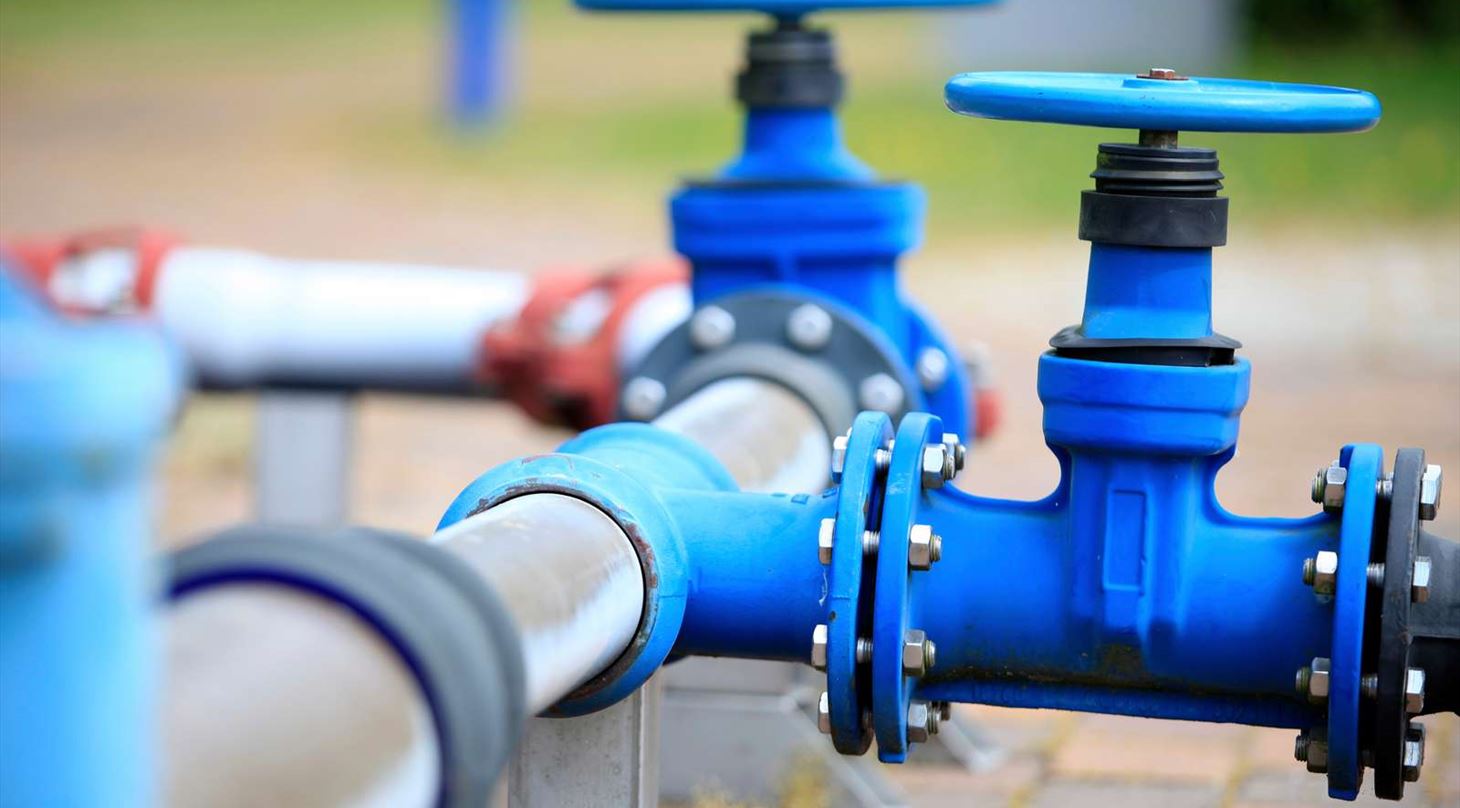
Biogas – 3. Methane Loss
An important operating parameter in any biogas plant is that methane does not escape from the closed system. Nevertheless, a survey has shown that biogas plants lose an average of 2.5 per cent of the methane produced. This is bad business, both economically and in terms of the climate.
Does your biogas plant fulfil the requirements for methane loss regulation? How much methane is your plant losing - and how much profit are you missing out on? Where does your plant leak - and how do you fix it? Danish Technological Institute can help you find out, so you can achieve:
- Fulfilling the requirements of the latest regulation
- Reduction of unnecessary costs
- Increase the efficiency of your biogas plant
- Environmental benefits due to reduced emissions of the greenhouse gas methane
Where do methane leaks occur?
There can be several causes of methane leaks - however, we typically detect leaks by:
- Pressure/vacuum valves
- Pipe and sensor penetrations
- Flange joints
- Water traps without liquid
- Transition between canvas and concrete edge
- Gas boosters
- After-storage tanks without gas collection
Identifying and fixing leaks can typically lead to a better carbon footprint and noticeable savings. Several Danish biogas plants have already had measurements carried out, with the majority of the plants finding one or more methane leaks. Sune Petersen, Consultant, Danish Technological Institute
Methane loss regulation and self-monitoring
Based on the new knowledge about Danish biogas plants' methane losses - and as part of the green repositioning of agriculture - the Danish Energy Agency introduced new rules for methane loss regulation of biogas-producing plants on 1 January 2023.
The new rules mean that biogas and wastewater treatment plants with biogas production must have a self-monitoring programme and have an annual leak detection performed by an independent third party from the Danish Energy Agency's positive list.
Years of experience and state-of-the-art measuring equipment
Danish Technological Institute has more than 10 years of experience in detecting leaks, measuring and quantifying point sources and advising on methane loss prevention measures.
Amongst other things, we use a cooled FLIR GFx320 methane camera, which is recognised as the most accurate. In addition, we have laboratory facilities and measuring equipment for analysing point source measurements.
This means that we can carry out reliable measurements and mapping and provide valuable advice and sparring on how to eliminate leaks - for the benefit of your operating economy and climate.
Contact us for help:
- Advice, preparation and adaptation of self-monitoring programmes
- Leak detection of the system's gas-carrying components
- Measurement and quantification of methane losses from upgraders and gas engines (<1% requirement)
- Estimates of the methane potential of remediation (feasibility calculation).
- Reporting of results and recommendations according to the Danish Energy Agency's guidelines. The Danish Energy Agency's guidelines (BEK no. 1535 of 16/12/2022)
Feel free to get in touch if you have any questions or want to know more about how we can help you avoid unnecessary methane losses.
